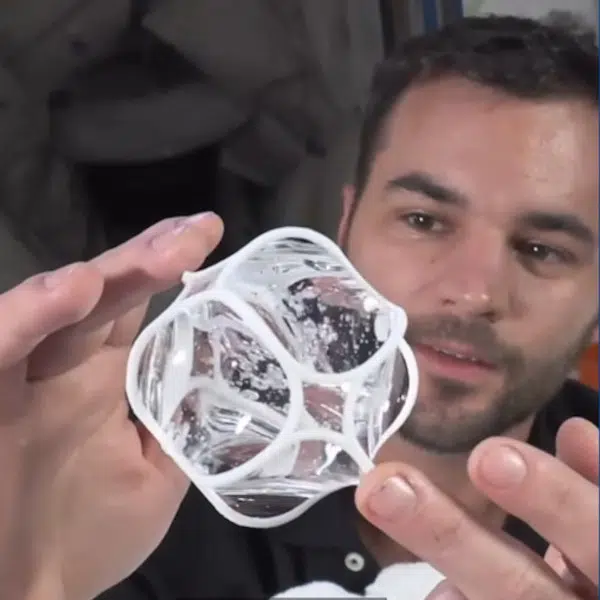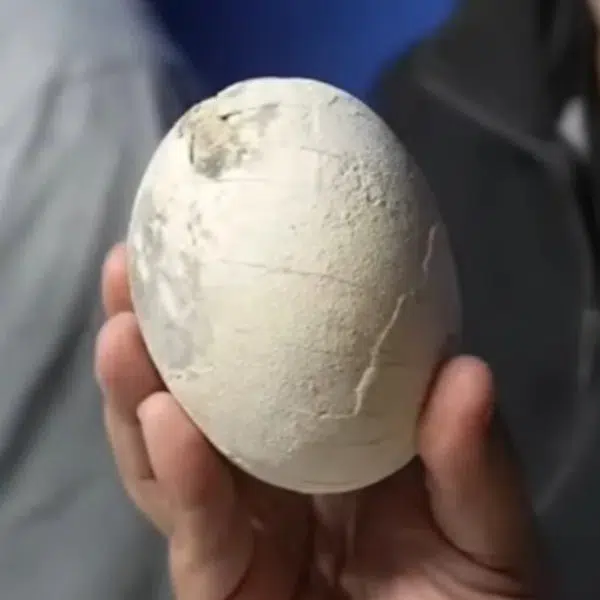Did you know that some crystals contain water that is millions of years old? It's actually more common than you might think. Crystals often grow in environments with water and develop at different rates. Due to this, liquid can sometimes become trapped inside the growing crystal, leaving a tell-tale air bubble visible. Though on the commercial market these crystals are collectively known as enhydros, if you are looking for one with ancient water, you'll need to choose carefully.
This is because an enhydro technically refers to a geode filled with water. And as geodes are porous, water can enter in and out of the center. Though this occurs slowly over time, this means that the water they contain isn't the same water they were formed with. On the other hand, minerals like quartz often have fluid inclusions. These are the sections of liquid that became trapped when the quartz was formed, meaning that the liquid itself is as old as the mineral.
The water crystals grow in is hot, so once it's trapped in the chamber and cools down, it contracts. This then creates the air bubble that is so fun to see when the crystal moves. Though it's most common to see water in fluid inclusions, that's not the only thing that can be trapped in the crystal. Oil and carbon are two other common substances found in fluid inclusions.
Today, marketed as enhydro crystals, these stones are often cut and polished so that the liquid is more visible to the naked eye. And quartz isn't the only crystal that can be filled with ancient water. Selenite, aquamarine, and halite are just some of the other crystals that also can have fluid inclusions.
Watch this video to learn more about enhydro crystals and fluid inclusions.
Related Articles:
Rare Crystal From Indonesia Looks Like a Cluster of Grapes
Underground Cave in Mexico Houses the World’s Largest Crystals
Gigantic Amethyst Geodes Excavated in Uruguay Stand 22 Feet Tall
Intensely Green Malachite Crystals Look like They’re Covered in Drops of Vibrant Paint






















































































